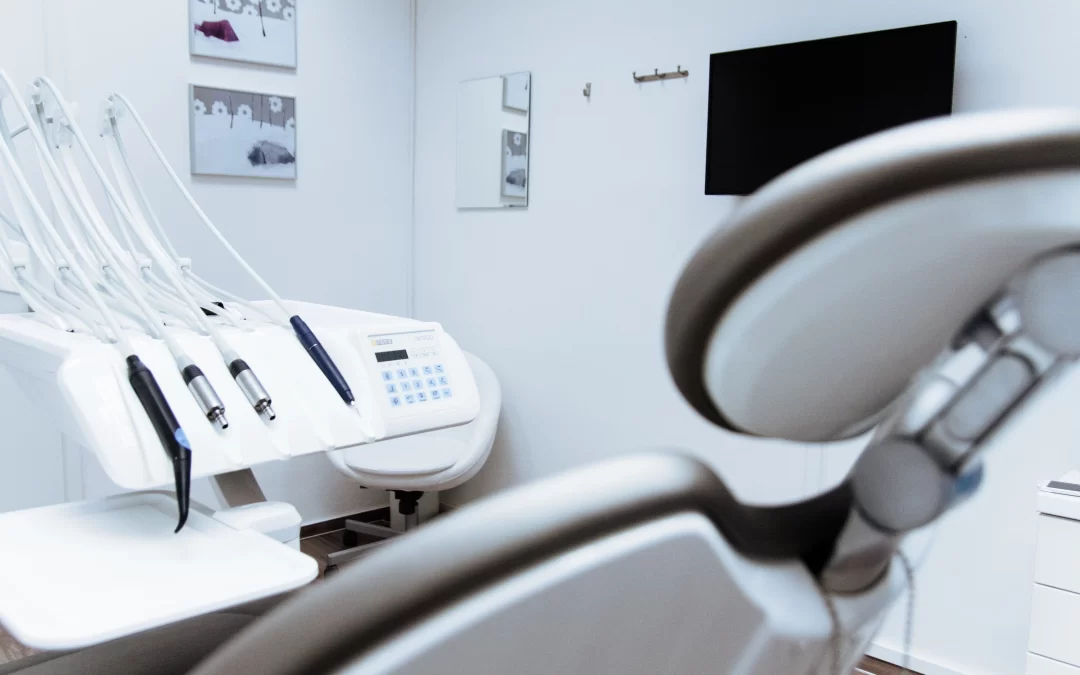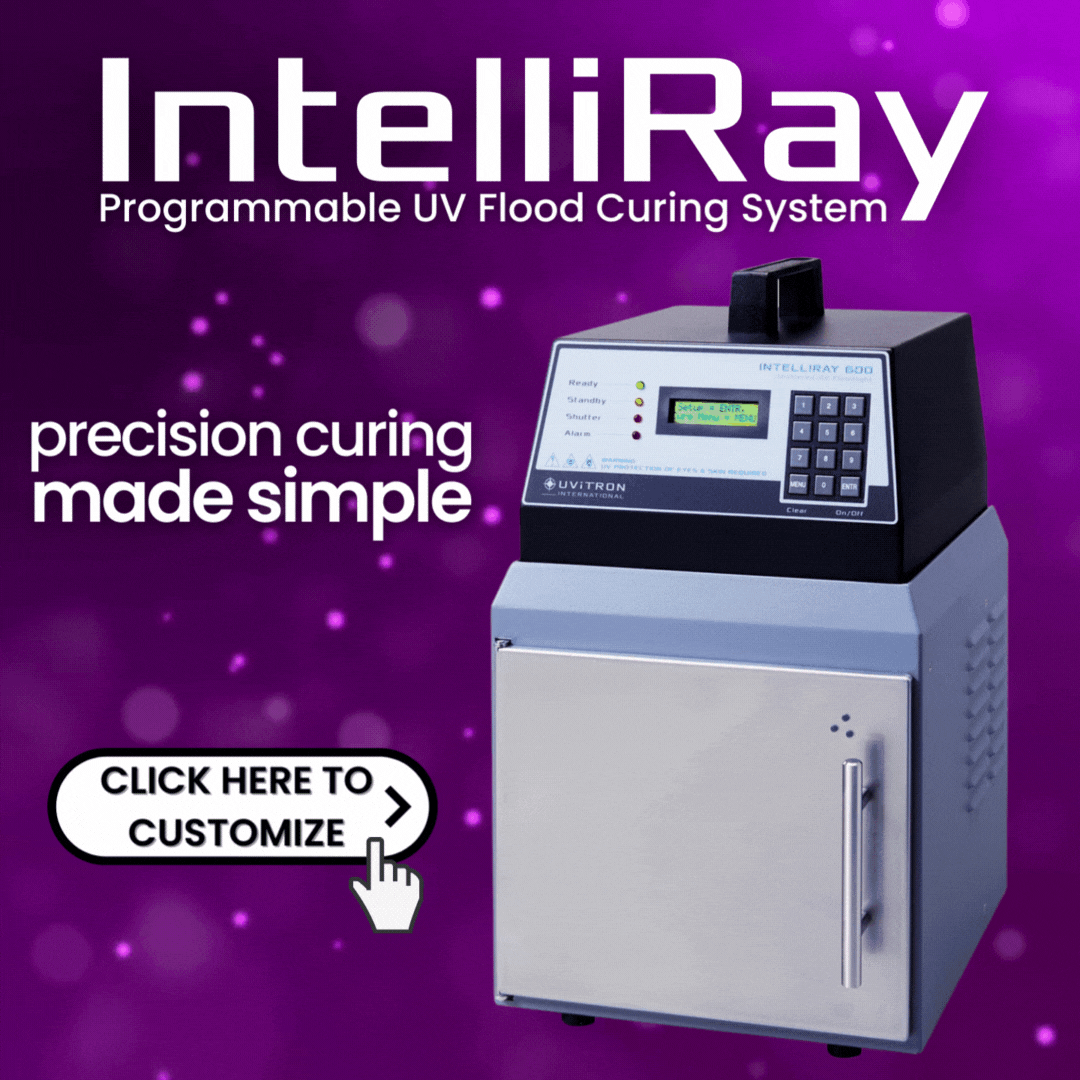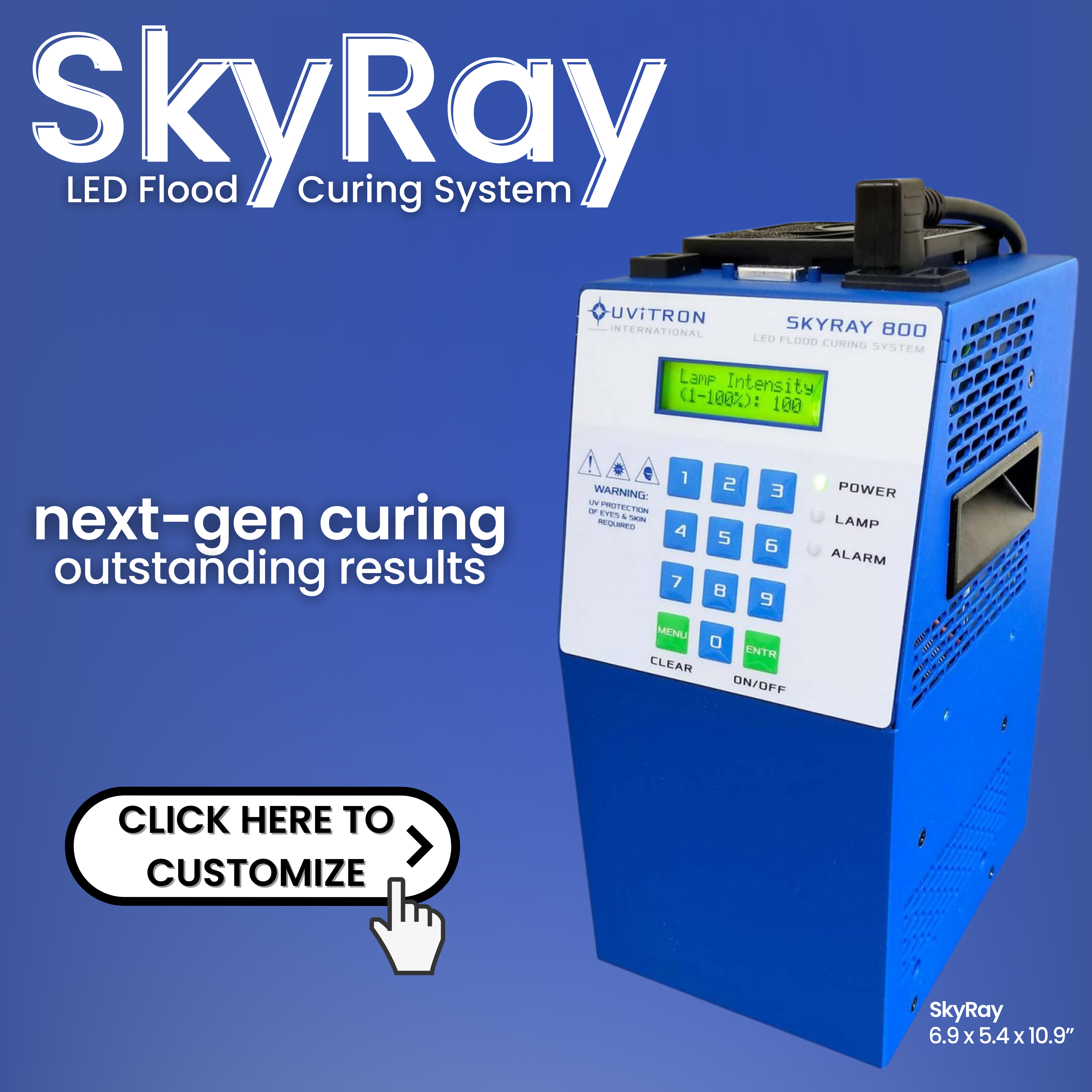
Shining a Light on the Future of Dentistry: The Advantages of UV Light Curing in Dental Applications
Dental Composites
Dental composites are a popular alternative to traditional silver amalgam fillings. Unlike amalgam fillings, which are made of a mixture of metals and can sometimes be visible when you smile, dental composites are made of tooth-colored materials, making them more aesthetically pleasing. When a dentist applies dental composite to a cavity or damaged tooth, they first remove the decay or damaged part of the tooth and then apply the composite resin in layers. Each layer is carefully shaped and hardened using the high-intensity UV light, which provides precise control over the curing process.
The use of UV light curing in dental composites provides several benefits. First, it is a quick and efficient way to cure the composite material. The light can be focused on the exact area that needs to be cured, ensuring that the material hardens evenly and accurately. This helps to reduce the amount of time that a patient needs to spend in the dentist’s chair. Second, UV light curing provides a strong bond between the composite material and the tooth. When the composite is exposed to the UV light, it initiates a chemical reaction that causes the material to harden and bond to the tooth’s surface. This bond provides a tight seal that prevents bacteria from entering the tooth and causing further decay. Finally, dental composites that are cured using UV light are highly durable and long-lasting. The materials used in dental composites are designed to mimic the natural strength and resilience of teeth, making them an excellent choice for restoring damaged teeth.
Orthodontic Brackets
Orthodontic treatment is used to correct misaligned teeth and jaws, and one of the most common tools used in this type of treatment is braces. Braces consist of brackets that are attached to the teeth using adhesive, and wires that are used to apply pressure to the teeth and move them into the correct position.
To ensure that the brackets remain securely attached to the teeth throughout the course of treatment, it is crucial to use a strong adhesive that creates a durable bond between the bracket and the tooth. This is where UV light curing comes in. After the orthodontist has applied the adhesive to the bracket and positioned it on the tooth, they use a UV light to initiate the polymerization process. This process causes the adhesive to harden and bond to the tooth’s surface, creating a strong and durable bond between the bracket and the tooth. UV light curing is a quick and efficient way to initiate the polymerization process, which means that the adhesive cures rapidly, reducing the time that the patient needs to spend in the dental chair. It also provides a more reliable bond than traditional adhesives, which may not cure completely or may not bond as strongly to the tooth’s surface.
A strong bond between the bracket and the tooth is essential for the success of orthodontic treatment. The bracket needs to stay securely attached to the tooth throughout the course of treatment to ensure that the right amount of pressure is applied to the tooth to move it into the correct position. A weak bond can lead to the bracket coming loose or falling off, which can delay treatment and cause discomfort for the patient.
Dental Prosthetics
UV light curing is also used in the fabrication of dental prosthetics such as dentures and crowns. Dental prosthetics such as dentures and crowns are used to replace missing or damaged teeth. They are typically made using a resin-based material that is molded to the shape of the patient’s mouth. Once the prosthetic is shaped and positioned correctly, it is cured using UV light.
The use of UV light curing in the fabrication of dental prosthetics provides several benefits. First, it ensures that the material hardens quickly and evenly, which is critical for achieving a perfect fit. This is particularly important for dental prosthetics, which need to fit snugly and comfortably in the patient’s mouth to function correctly. Second, UV light curing provides a strong and durable prosthetic that can withstand the wear and tear of daily use. The material used in dental prosthetics is designed to mimic the strength and resilience of natural teeth, and the use of UV light ensures that the material cures properly, providing a prosthetic that can last for many years. Finally, UV light curing is a precise and efficient way to fabricate dental prosthetics. It allows dentists to create custom-made prosthetics that fit the patient’s mouth perfectly, without the need for multiple adjustments or fittings.
Teeth Whitening
Teeth whitening is a cosmetic dental procedure that has become increasingly popular in recent years. It involves the use of a whitening agent, such as hydrogen peroxide or carbamide peroxide, to remove stains and discoloration from the teeth. Traditionally, teeth whitening agents were applied to the teeth and left to sit for a period of time. However, this process could be slow and inefficient, and patients often had to undergo multiple sessions to achieve the desired results. With the advent of UV light curing, teeth whitening has become a much more efficient and effective process.
UV light is used to accelerate the chemical reaction between the whitening agent and the tooth surface, resulting in a more rapid and thorough whitening process. The UV light activates the whitening agent, causing it to break down and release oxygen molecules, which then penetrate the tooth enamel and break down the molecules responsible for staining and discoloration. The use of UV light curing in teeth whitening provides several benefits. First, it is a safe and effective way to achieve whiter teeth. Unlike some other whitening methods, UV light curing does not damage the tooth enamel or cause sensitivity. Second, it is a fast and efficient process. Patients can typically achieve noticeable results after just one session, which makes it an ideal option for those with busy schedules or special events coming up. Finally, UV light curing ensures that the whitening agent is evenly distributed across the tooth surface, which results in a more uniform and natural-looking whitening effect.
UV light curing has become an indispensable tool in the dental industry, providing an efficient, fast, and accurate way to cure dental materials. Its versatility has made it a valuable asset in a variety of dental applications, from bonding and filling to prosthetics and teeth whitening. With ongoing research and development, it is likely that UV light curing will continue to play a vital role in the dental industry for years to come.
_______________________


